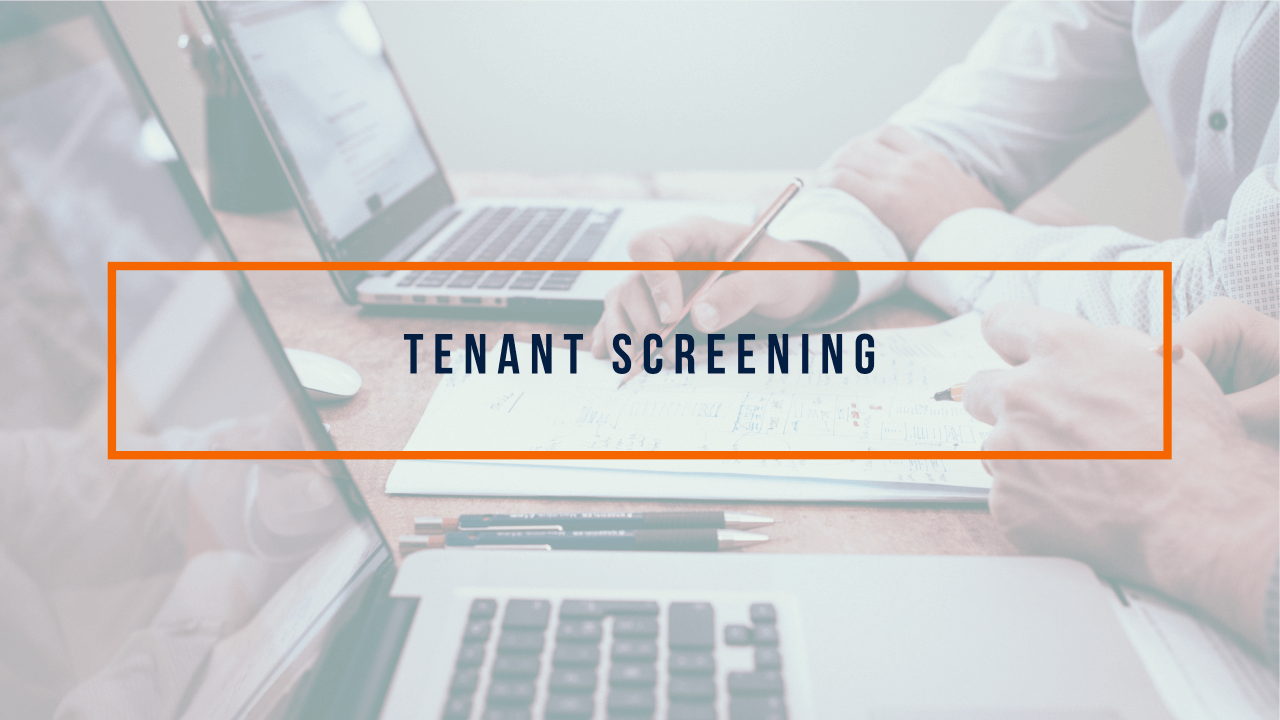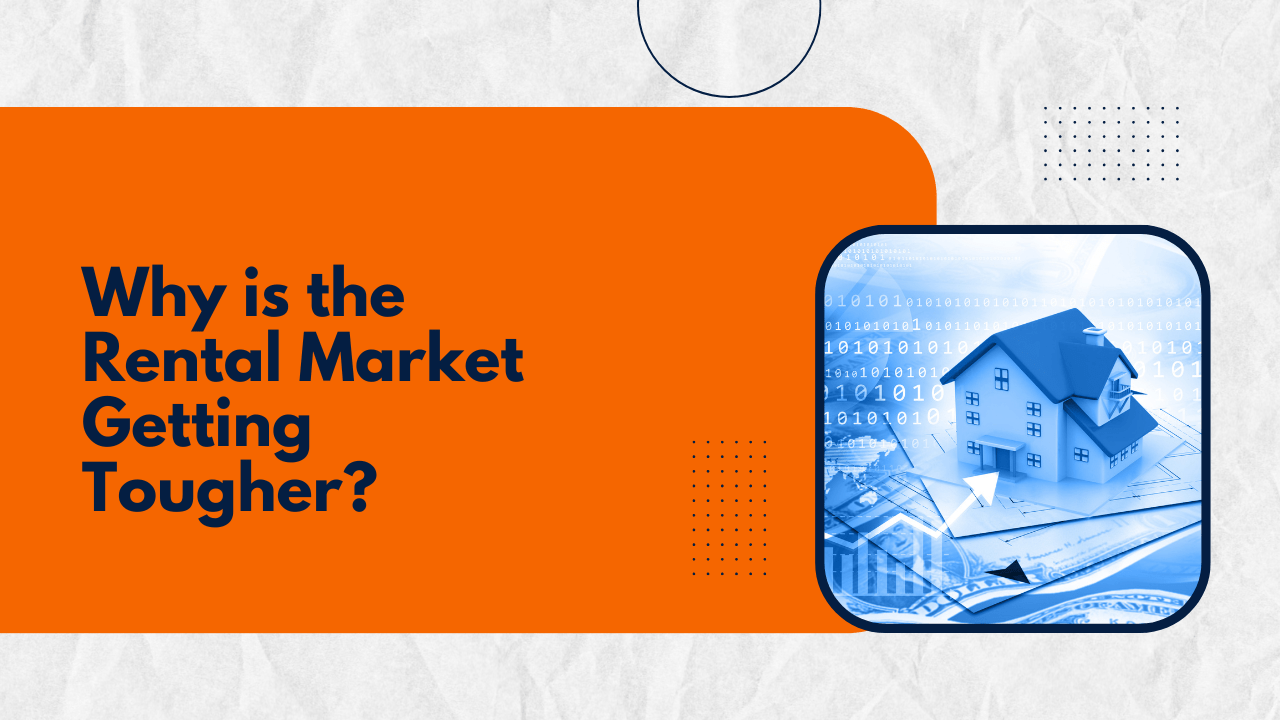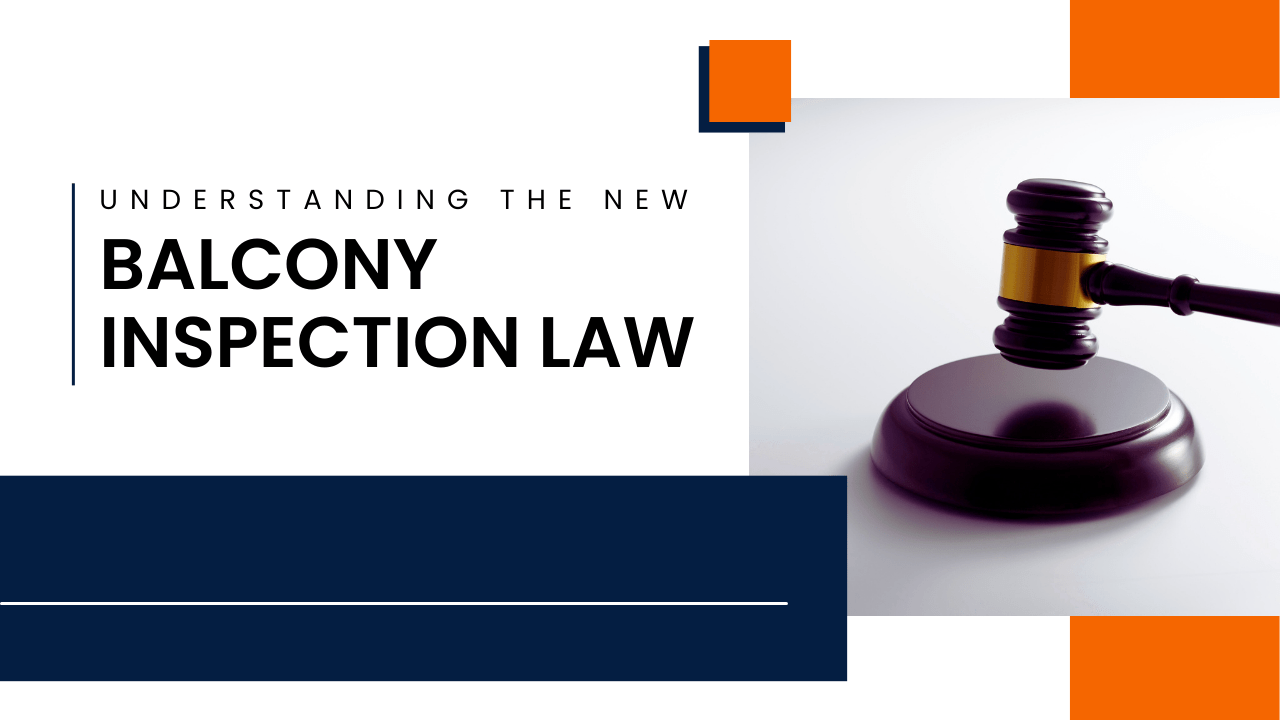Don’t make a screening mistake. Instead, let us take the process off your hands and place a well-qualified renter in your property. For help with any part of San Diego property management, please contact us at Onyx Property Management. We serve owners and investors in the entire county, including San Diego, Chula Vista, Oceanside, Carlsbad, and the surrounding areas.
Tenant Screening: Why It’s Important for San Diego Property Managers

Tenant screening is more important for San Diego property managers than ever before, and that’s for a very simple reason: risk management. We have to manage the risk of a bad tenant and we also have to manage the risk of an unlawful screening process, which can violate fair housing laws.
The legal landscape has changed dramatically over the last two years, and this is especially evident in screening. There are criteria that you can no longer consider when you’re evaluating an application, such as whether a prospective tenant is part of the Section 8 program or a similar housing program.
Avoid making an easy and expensive mistake when it comes to tenant screening. Let a qualified and knowledgeable San Diego property management company take the liability and the risk out of your hands. The result will be a qualified tenant who can be counted on to pay rent on time and take care of your property.
Here are some of our best tips for effectively screening tenants in San Diego.
Document Your Qualifying Rental Criteria
Consistency will be your best protection while screening potential tenants. Document everything.
Put your rental criteria in writing, and prepare to share it with any potential applicants who visit your home and express an interest in applying. This tells everyone what you’re looking for, and what will be required in order to be approved for the property.
When you collect a rental application, make sure it’s signed. You’ll need permission to run credit checks and rental history checks.
Check Credit and Eviction History
Conduct a nationwide eviction records search. This invaluable information doesn’t always show up on a credit report.
When you’re evaluating credit, remember that the type of debt an applicant has is often more important than the amount of debt. People fall behind on student loans and medical payments. That doesn’t mean they’re risky tenants. Look at how financially responsible the applicants are overall. If there are debts owed to former landlords, utility companies, or apartment buildings, you’ll want to think twice. Focusing on housing-related bills and responsibilities is a good way to see whether a particular tenant is a credit risk.
Make Sure Your Tenant Earns Enough to Cover the Rent
You are looking for tenants who can afford the rent. Moving in a tenant who doesn’t earn enough money to meet their obligations will only result in disaster. Don’t set them up for failure. The standard best practice in San Diego property management is to look for income that’s a minimum of two-and-one-half times the monthly rent.
Ask for verification in the form of pay stubs, tax forms, or bank statements.
Remember that source of income cannot be considered when you’re screening tenants in California. You have to consider any source of income, and that includes housing vouchers. If a tenant applies to rent your property and the income that’s provided is what they take in from the Section 8 program, you have to consider it.
Talk to Former Landlords and Property Managers
Collect reference information for current and former landlords. You’ll want to talk with them because they can tell you a lot about what it was like to rent to the tenant you’re considering. Send them an email or make a phone call. It won’t take more than a few minutes, and it will give you extremely valuable information.
A previous landlord can tell you how a tenant paid, took care of the property, and communicated. Always ask for contact information, and do a little research to make sure you’re actually talking to former landlords or property managers. Tenants with a terrible rental history may try to give you contact information for friends or family members.














